The draft genome of the hyperthermophilic archaeon Pyrodictium delaneyi strain hulk, an iron and nitrate reducer, reveals the capacity for sulfate reduction
- PMID: 28814988
- PMCID: PMC5556600
- DOI: 10.1186/s40793-017-0260-4
The draft genome of the hyperthermophilic archaeon Pyrodictium delaneyi strain hulk, an iron and nitrate reducer, reveals the capacity for sulfate reduction
Abstract
Pyrodictium delaneyi strain Hulk is a newly sequenced strain isolated from chimney samples collected from the Hulk sulfide mound on the main Endeavour Segment of the Juan de Fuca Ridge (47.9501 latitude, -129.0970 longitude, depth 2200 m) in the Northeast Pacific Ocean. The draft genome of strain Hulk shared 99.77% similarity with the complete genome of the type strain Su06T, which shares with strain Hulk the ability to reduce iron and nitrate for respiration. The annotation of the genome of strain Hulk identified genes for the reduction of several sulfur-containing electron acceptors, an unsuspected respiratory capability in this species that was experimentally confirmed for strain Hulk. This makes P. delaneyi strain Hulk the first hyperthermophilic archaeon known to gain energy for growth by reduction of iron, nitrate, and sulfur-containing electron acceptors. Here we present the most notable features of the genome of P. delaneyi strain Hulk and identify genes encoding proteins critical to its respiratory versatility at high temperatures. The description presented here corresponds to a draft genome sequence containing 2,042,801 bp in 9 contigs, 2019 protein-coding genes, 53 RNA genes, and 1365 hypothetical genes.
Keywords: Hyperthermophile; Juan de Fuca ridge; Pyrodictiaceae; Pyrodictium delaneyi strain Hulk; Sulfate reducer.
Conflict of interest statement
Competing interests
The authors declare that they have no competing interests.
Publisher’s Note
Springer Nature remains neutral with regard to jurisdictional claims in published maps and institutional affiliations.
Figures

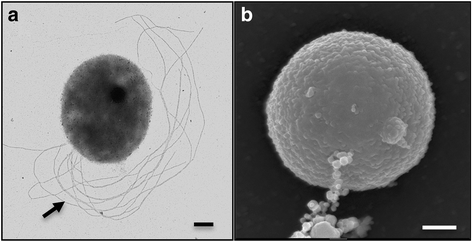
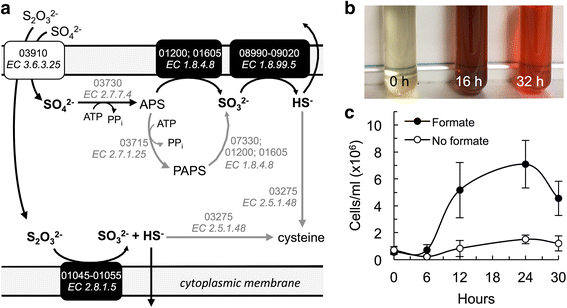
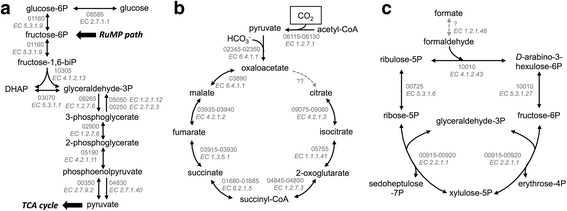
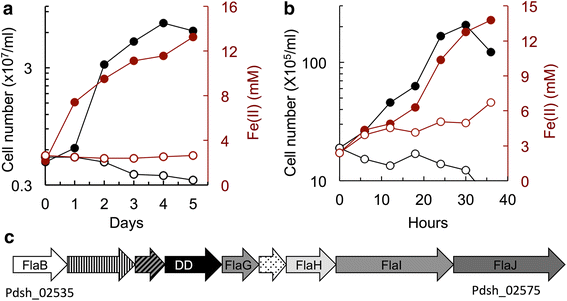
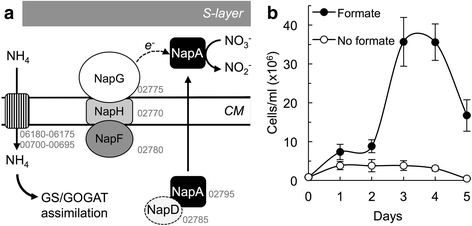
References
-
- Kashefi K. Hyperthermophiles: metabolic diversity and biotechnological applications. In: P. AR, editor. Extremophiles: microbiology and biotechnology. Norfolk: Caister Academic Press; 2012. p. 183–231.
-
- Pley U, Schipka J, Gambacorta A, Jannasch HW, Fricke H, Rachel R, et al. Pyrodictium abyssi sp. nov. represents a novel heterotrophic marine archaeal hyperthermophile growing at 110 °C. System Appl Microbiol. 1991;14:245–253. doi: 10.1016/S0723-2020(11)80376-0. - DOI
Publication types
LinkOut - more resources
Full Text Sources
Other Literature Sources
Molecular Biology Databases

